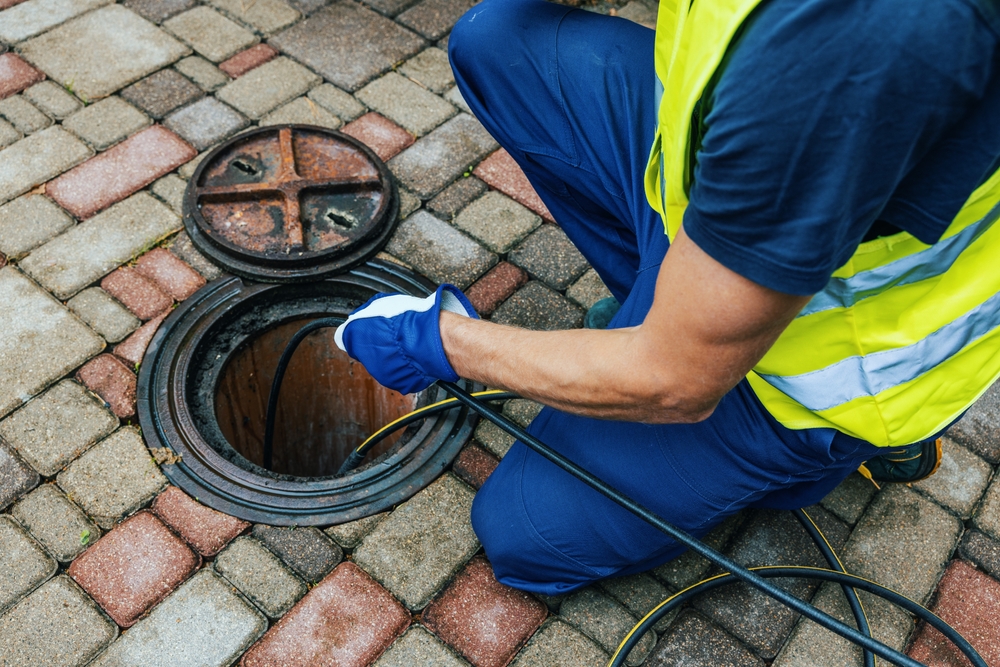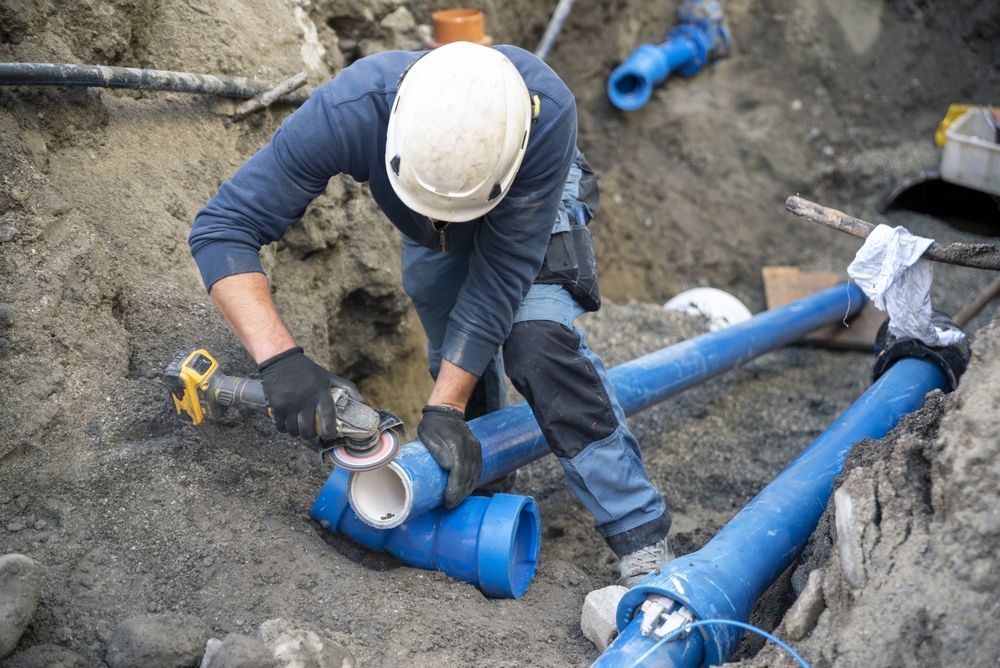
If your drains are clogged or slow, drain jetting may be the most effective solution near you. Drain jetting uses high-pressure water to clear blockages and clean pipes, making it ideal for tough buildup and stubborn clogs.
Knowing when to use drain jetting can save you time and money. It’s especially useful when traditional methods like plungers or chemical cleaners don’t work or when you want a thorough cleaning to prevent future problems.
Understanding why and when to choose this method can help you decide if it’s right for your plumbing issue. This article explains the best scenarios for drain jetting and how it can restore your pipes quickly and efficiently.
Understanding Drain Jetting and Its Operation
Drain jetting uses high-pressure water to clear blockages and clean pipes. This method effectively removes grease, tree roots, and debris buildup without damaging your plumbing. Knowing how it works and what to expect during the process helps you decide if it suits your needs.
What Is Drain Jetting and How It Works
Drain jetting involves sending a strong stream of water through your pipes using a specialized nozzle. This nozzle spins and blasts water at pressures typically between 2,000 to 4,000 PSI. The force breaks apart clogging materials such as grease, soap scum, dirt, and even roots.
The water flow also cleans the pipe walls, restoring better drainage and preventing future blockages. Unlike chemical cleaners, this method doesn’t introduce harmful substances into your plumbing or environment. It works on a range of pipe sizes, from small household drains to larger sewer lines.
Step-by-Step Process of Using Drain Jetting Services
First, a plumber inspects your pipes with a camera to pinpoint blockages and assess pipe condition. This ensures the right pressure and nozzle type for your system. Next, the drain jetting machine is connected to your drain access point. Water is pumped at high pressure through the nozzle, which scours the inside of the pipe.
The plumber carefully moves the nozzle back and forth to clear all debris. Once complete, they may use the camera again to verify that the pipe is clean. The entire process generally takes about 30 minutes to an hour, but varies with blockage severity.
Benefits and Effectiveness of Drain Jetting
Drain jetting clears blockages by using high-pressure water to remove debris and buildup. It provides a thorough cleaning of pipes, preventing future clogs and maintaining flow. The method works efficiently for various property types, addressing common drainage problems without harsh chemicals.
Benefits of Drain Jetting for Residential and Commercial Properties
For your home, drain jetting removes grease, soap scum, and tree root intrusions that cause slow drainage or backups. It cleans pipes deeply, reducing the need for repeated plumbing visits. The process also helps preserve your plumbing infrastructure by avoiding abrasive tools that can damage pipes.
In commercial settings, drain jetting handles heavy grease, sediment, and waste buildup common in restaurants or manufacturing plants. This method minimizes downtime by quickly restoring flow, which is critical to business operations. It also complies with environmental standards by using only water without chemicals.
Common Issues Resolved by Drain Jetting
You can rely on drain jetting to fix blockages caused by hair, food particles, and sludge accumulation in kitchen and bathroom drains. It efficiently removes roots infiltrating sewer lines, preventing pipe damage and costly repairs.
Jetting also clears grease traps and stormwater drains where buildup is persistent. It tackles the after-effects of old pipe corrosion and sediment deposits, improving water quality and flow. This method often reveals the pipe’s condition via camera inspections following the jetting process, allowing targeted repairs if needed.

Choosing the Right Drain Cleaning Solution
Selecting the best approach for drain cleaning depends on your specific issue, the severity of blockages, and how quickly you need the problem resolved. Understanding different methods and ongoing maintenance can save you future headaches and costs.
Comparison of Drain Jetting With Traditional Methods
Drain jetting uses high-pressure water to clear blockages and clean pipe walls, removing grease, debris, and roots efficiently. It is effective for stubborn or recurring clogs that chemical cleaners and snaking often cannot fully resolve.
Traditional methods, like drain snakes or chemical drain cleaners, provide quick fixes for minor blockages but may not clear deep or hardened obstructions. Snakes risk damaging old pipes if used improperly, and chemicals can harm your plumbing or the environment.
Jetting is usually faster and more thorough, but it requires professional equipment and expertise. If your drains experience frequent clogs or you want a cleaner pipe condition, jetting is the better option.
Preventive Maintenance Tips Post-Drain Jetting
After drain jetting, maintain clear pipes by avoiding grease, coffee grounds, and fibrous food waste down the drain. Use drain guards to catch hair and larger debris, especially in bathroom sinks and showers. Regularly flush drains with hot water to help prevent buildup. Schedule professional inspections annually or when you notice slow drainage or odors.
Avoid chemical cleaners post-jetting, as they can damage pipes already handled by high-pressure water. Keep an eye on slow drains or frequent backups—these are early signs you might need a follow-up cleaning.
Availability of Emergency Services and Contact Information
If a drain blockage causes immediate issues like flooding or sewage backflow, look for plumbing services with 24/7 emergency response. Fast action can minimize damage and health risks.
Check if local plumbers offer on-site drain jetting at short notice. Keep contact details of reliable service providers handy: phone number, website, and hours of operation.
Many companies provide free estimates or emergency call-out fees upfront. Knowing these details beforehand ensures you’re prepared during urgent situations.
Back to Blog